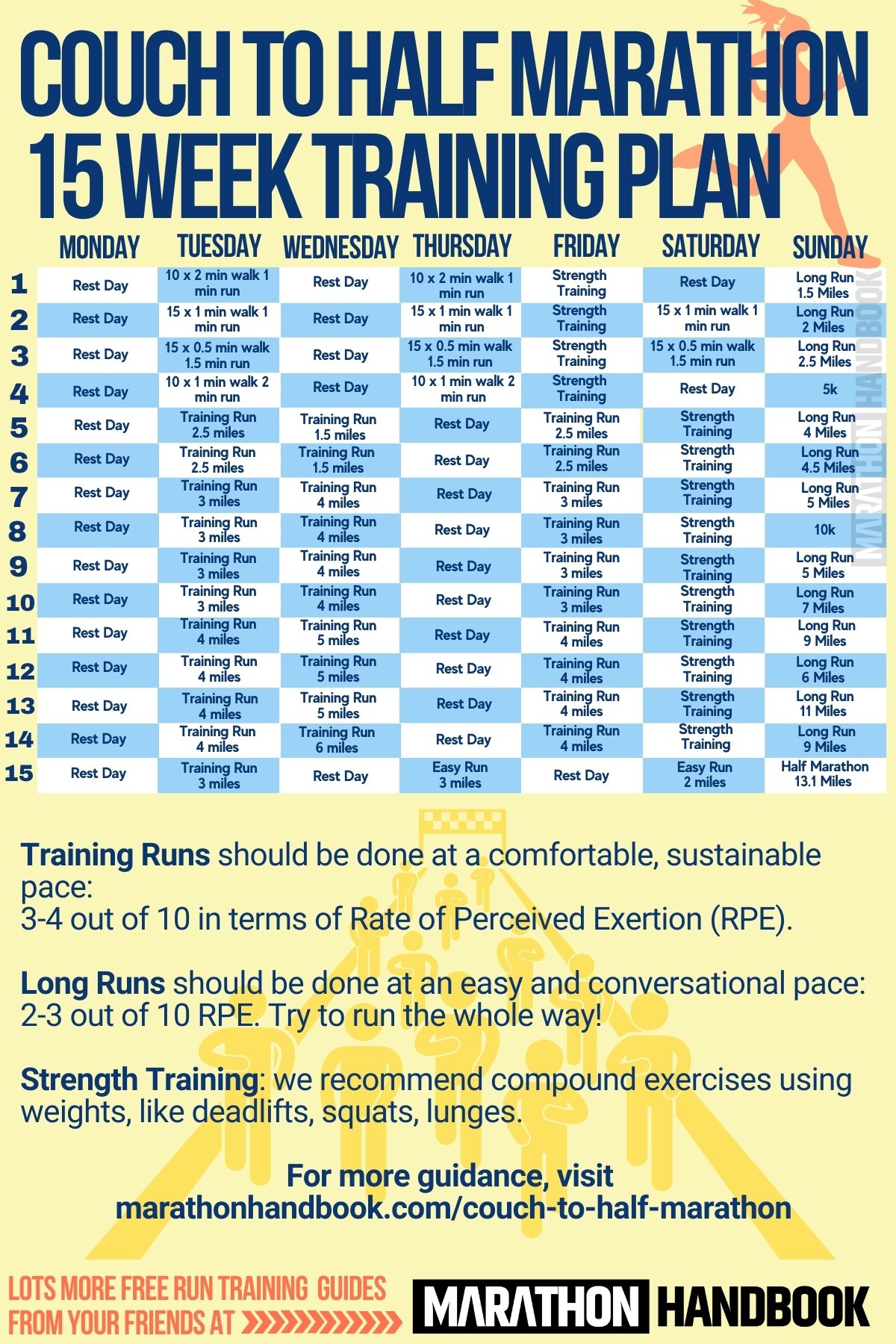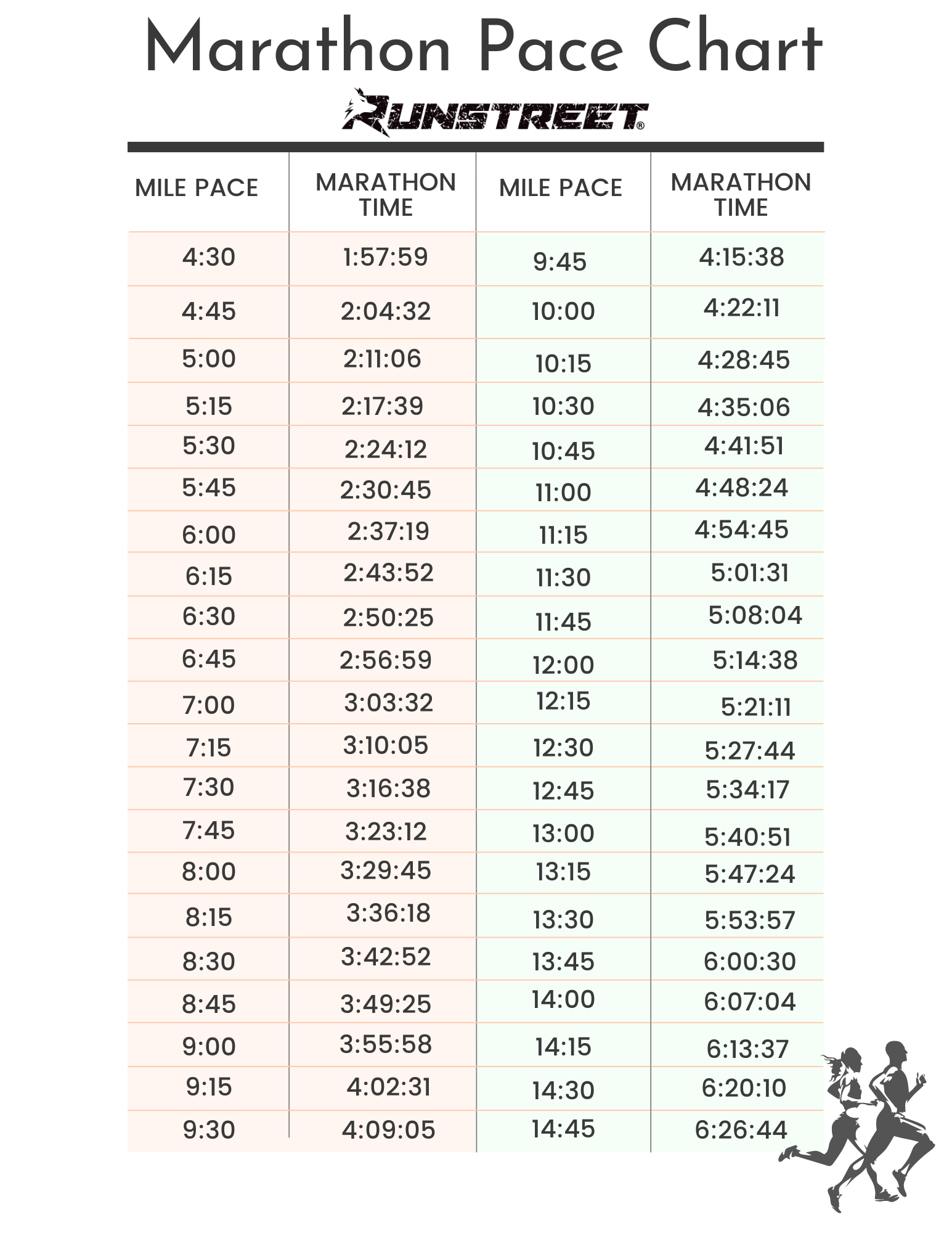If you’ve ever found yourself googling “Is a half marathon 20km?”, you’re not alone. Many people are curious about the exact distance of this popular race and often wonder why the half marathon doesn’t round neatly to 20 kilometers. Spoiler alert: a half marathon is actually 21.0975 kilometers, or approximately 13.1 miles—not 20km.
Why does that extra 1.0975 kilometers matter? For runners, that fractional distance is a make-or-break stretch—the difference between cruising comfortably and digging deep to finish strong.

What is a Half Marathon?
Is a half marathon really 21.1 kilometers? Why not just call it 20km and make life easier for everyone? These are common questions that pop up when people first hear about the event. Let’s clear up the confusion and dive into what makes a half marathon unique.
A half marathon is officially 21.0975 kilometers—or 13.1 miles for those using the imperial system. The precision of this distance isn’t arbitrary; it’s rooted in history and the world of competitive running. The half marathon is exactly half the distance of a full marathon, which measures 42.195 kilometers. Both distances are recognized by international athletic bodies like World Athletics (formerly IAAF), ensuring consistency for races across the globe.
But where did this oddly specific number come from? The full marathon’s distance traces back to ancient Greece and the legend of Pheidippides, a messenger who ran from the battlefield of Marathon to Athens. While this original run was around 25 miles (or 40km), the modern marathon distance was standardized at 42.195 kilometers during the 1908 London Olympics. Naturally, the half marathon followed suit as its literal “half-sibling.”
Why Not Round It to 20km?
While 20 kilometers might seem neater, that wouldn’t truly be “half” of a marathon. Plus, standardizing distances allows runners to compare performances globally and aim for personal bests in official events.
Fun Fact: The extra 1.0975 kilometers often gets nicknamed the “victory lap” by runners—it’s the final push that makes the accomplishment all the sweeter.
Whether you’re training for a personal challenge, checking off a bucket list item, or raising money for charity, understanding the true distance of a half marathon is crucial. That extra kilometer may not seem like much on paper, but trust me, it’s a whole different story when you’re out on the course!
How Does a Half Marathon Compare to Other Race Distances?
Running comes in all shapes and distances, from short, speedy sprints to grueling multi-day ultramarathons.
Full Marathon vs. Half Marathon
A full marathon clocks in at 42.195 kilometers (26.2 miles)—exactly double the distance of a half marathon. While they share a similar name, the experience of running a marathon versus a half marathon can feel worlds apart.
- Training Time: Completing a marathon requires significantly more time and effort. Typical marathon training plans span 16–20 weeks, while a half marathon can often be tackled in 8–12 weeks, depending on your base fitness level.
- Fatigue Factor: A half marathon challenges your endurance but doesn’t leave you as physically drained as a full marathon. For most runners, the full marathon involves hitting “the wall” (a phenomenon where glycogen stores are depleted) around the 30km mark—a challenge most half marathoners avoid.
- Popularity: According to running event data, half marathons are consistently more popular than full marathons, likely because they’re seen as a manageable yet rewarding challenge.
Bottom Line: If a marathon feels overwhelming, a half marathon is a fantastic stepping stone.
10km and 5km Races vs. Half Marathon
Shorter races like the 5km and 10km are the starting point for many new runners. Here’s how they compare:
| Race | Distance | Average Completion Time | Training Commitment |
|---|---|---|---|
| 5km | 5 kilometers | 25–45 minutes | 4–6 weeks (basic fitness) |
| 10km | 10 kilometers | 50–75 minutes | 6–8 weeks |
| Half Marathon | 21.1 kilometers | 2–3 hours on average | 8–12 weeks |
If you’ve conquered a 10km race and are looking for your next challenge, the half marathon is a natural progression.
Ultramarathons vs. Half Marathons
At the other end of the spectrum are ultramarathons—races longer than the traditional marathon. These can range from 50km races to multi-day events spanning hundreds of kilometers.
While ultramarathons demand extreme endurance, nutrition planning, and mental toughness, half marathons are far more accessible for the average runner. Think of them as the middle ground between shorter races and ultra-endurance feats.
Why Runners Love the Half Marathon Distance
The half marathon is often called the “Goldilocks” of races—it’s not too short, not too long, but just right. Here’s why it stands out:
- Achievable yet Challenging: It’s long enough to feel like a significant accomplishment but doesn’t require the life-consuming preparation of a full marathon.
- Flexible Training: You can train for a half marathon while maintaining a balanced lifestyle, leaving room for family, work, and other hobbies.
- Community Vibe: Half marathon events are inclusive, welcoming runners of all ages and abilities. Whether you’re aiming for a personal best or just hoping to finish, you’ll find your tribe on race day.

Why is the Half Marathon 21.1km and Not 20km?
Ah, the million-dollar question: why can’t a half marathon just be a nice, clean 20 kilometers? Surely, trimming off that pesky 1.0975km wouldn’t hurt anyone, right? As tempting as it may sound to simplify things, the half marathon’s distance is steeped in history and logic. Let’s dig into why this seemingly quirky number exists.
A Matter of Mathematics and Precision
The half marathon is exactly half the distance of a full marathon—which, as we know, is 42.195 kilometers. The history of the marathon distance goes back to ancient Greece, but the specific modern distance was set during the 1908 London Olympics.
Here’s the story: The marathon that year was originally planned to be 25 miles (~40km), but race organizers added an extra 385 yards so the race could finish directly in front of the royal box at Windsor Castle. That extra stretch became the new standard, giving us the now-famous 42.195km marathon.
Once the full marathon distance was cemented, the half marathon naturally became half of that. So, while 21.0975 kilometers might not roll off the tongue like “20km,” it’s mathematically accurate.
Why the Precision Matters
For casual runners, the difference between 20km and 21.1km might seem trivial. But in competitive running, every meter counts. Distances need to be standardized so that performances can be fairly compared across events. For example:
- Records and Rankings: Imagine a runner claiming a half marathon world record… on a course that was only 20 kilometers. The shorter distance would give them an unfair advantage over athletes on properly measured courses.
- Certification: Official races undergo rigorous measurement to meet international standards. This ensures that runners who achieve qualifying times (like for the Boston Marathon) or set records do so on courses of verified length.
Does That Extra Kilometer Really Matter?
For many runners, the final stretch of a half marathon is both the most challenging and the most rewarding part of the race. That extra kilometer is where mental toughness comes into play. It’s where you dig deep, push through the fatigue, and cross the finish line knowing you’ve conquered the full 21.1km.
Fun Runner Joke: “If a half marathon were 20km, it wouldn’t feel like half the suffering of a full marathon—it would feel like cheating!”
So while a 20km race might sound appealing, it’s the last 1.0975 kilometers that truly make the half marathon experience complete.

Preparing for a Half Marathon (21km)
Training for a half marathon is like cooking a gourmet meal: you need the right ingredients, a solid plan, and the patience to see it through. Whether you’re a seasoned runner or a beginner ready to tackle your first long-distance race, preparation is key to enjoying the journey and crossing that finish line. Let’s break down the essentials.
How Long Does Training Take?
The time required to train for a half marathon varies depending on your starting point:
- Beginners: If you’re starting from scratch, give yourself around 12–16 weeks to build up your endurance gradually.
- Intermediate Runners: For those with a decent fitness base (e.g., you can comfortably run 5–10km), 8–12 weeks might suffice.
- Experienced Runners: If you’ve run similar distances before, a focused 6–8 weeks of training can help fine-tune your performance.
Pro Tip: Consistency is more important than speed in the early weeks of training. Think of your runs as building blocks—you’re laying the foundation for race day success.
A Typical Training Plan
Here’s an example of a 12-week half marathon training plan:
| Week | Short Runs (km) | Long Runs (km) | Cross-Training | Rest Days |
|---|---|---|---|---|
| 1–4 | 3–5km | 6–10km | 1 day (cycling, yoga) | 2 days |
| 5–8 | 5–8km | 10–15km | 1–2 days | 2 days |
| 9–11 | 6–10km | 16–18km | 1–2 days | 2 days |
| 12 (Taper) | 3–5km | 10–12km (max) | Light stretching | 3 days |
Notice how the long runs gradually increase each week. These runs are critical for building endurance and preparing your body for the demands of race day.
Nutrition and Hydration
Think of your body as a car—it won’t go far without fuel. A half marathon requires careful attention to what you eat and drink:
- Carbs Are Your Friend: Carbohydrates are the primary fuel source for long runs. Include whole grains, fruits, and starchy veggies in your diet.
- Hydrate Wisely: Begin hydrating 24–48 hours before your long runs and race day. Sip water regularly and consider electrolyte drinks for runs longer than an hour.
- Practice Race Nutrition: If you plan to use energy gels, chews, or sports drinks on race day, test them during training to ensure they agree with your stomach.
Incorporating Rest and Recovery
Runners often underestimate the importance of rest. Recovery days aren’t lazy days—they’re when your muscles repair and get stronger.
- Rest Days: Take at least 1–2 full rest days per week.
- Active Recovery: On lighter days, try walking, yoga, or stretching.
- Sleep: Aim for 7–9 hours per night to allow your body to recharge.
Tracking Progress
- Apps and Tools: Use running apps like Strava, Garmin Connect, or Nike Run Club to log your runs and monitor your progress.
- Listen to Your Body: While sticking to a plan is great, don’t ignore signs of overtraining, such as persistent fatigue, pain, or irritability. Adjust as needed.
Preparing for a half marathon isn’t just about running—it’s about adopting a holistic approach to fitness, nutrition, and self-care. With the right mindset and preparation, race day will feel less like a challenge and more like a celebration of your hard work!
